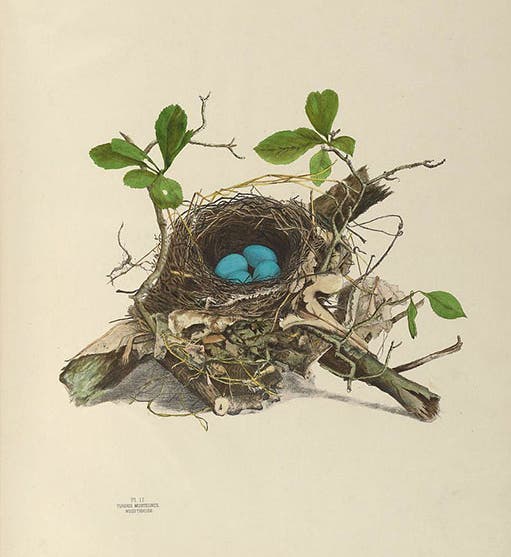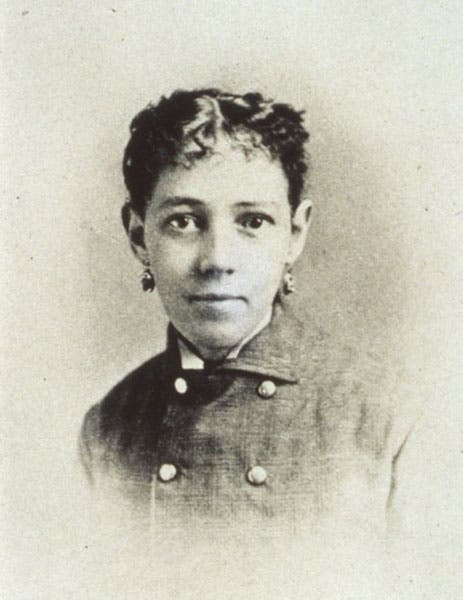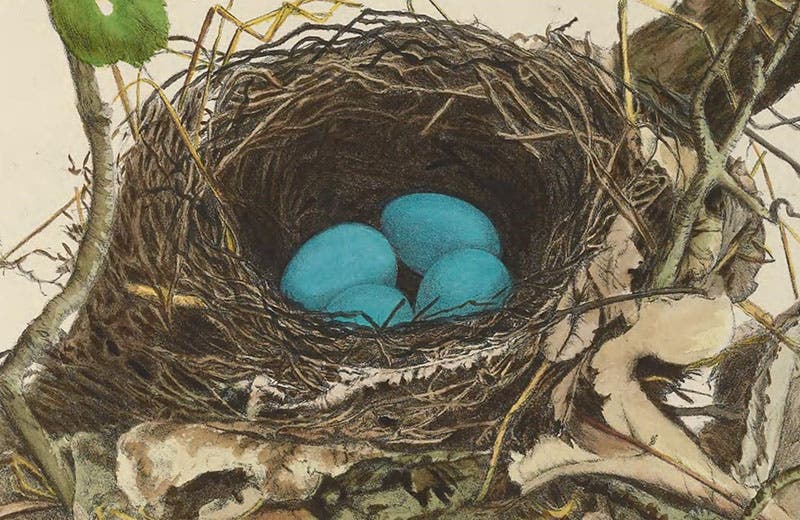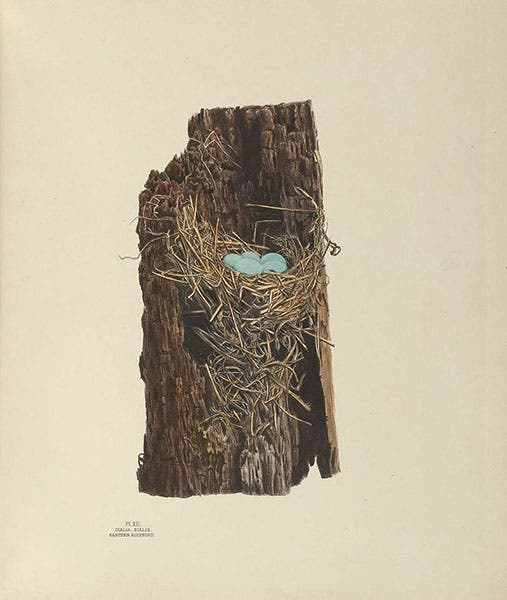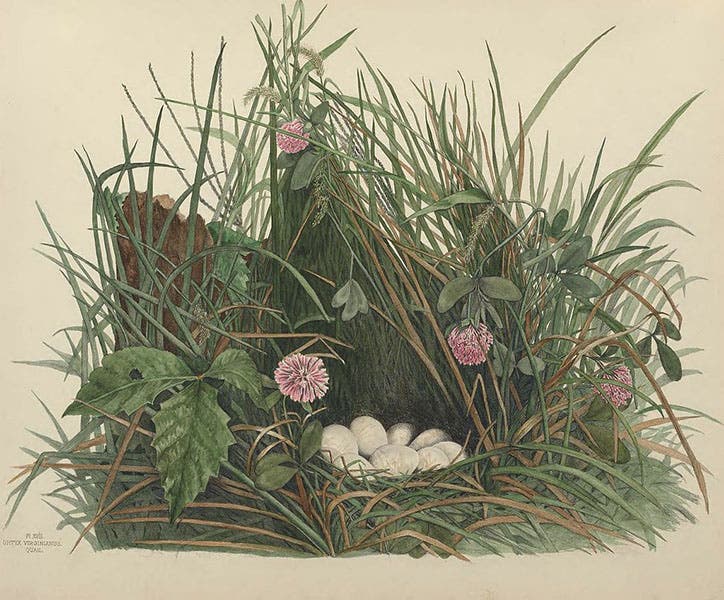Scientist of the Day - Genevieve Estelle Jones and her family
Genevieve Estelle Jones, an American amateur bird artist, was born May 13, 1847. Gennie, as she was called, spent much of her youth in the woods around Circleville, Ohio, and developed an interest in birds' nests and eggs. In 1876, she visited the Centennial Exposition in Philadelphia and saw a copy of Audubon's Birds of America, and she was immediately enamored with the idea of doing a bird book of her own, especially when she discovered that Audubon included very few nests and eggs in his masterwork, and no one since had taken up the task. A broken love affair and consequent depression prompted the family to suggest that Gennie get serious about her book project. Her father, Nelson, agreed to see to the business end of things, although he knew nothing about publishing, and Gennie enlisted an artistically-minded childhood friend, Eliza Shulze, to help with the task of creating the plates. The two had to learn lithography, just as Nelson had to find a lithographic press for printing. It was decided to issue the work by subscription, 3 plates at a time plus text. Brother Howard was tasked with writing that text, and the two women created the lithographs and hand-colored each plate. The first fascicle went out in 1879, and it contained a real stunner by Gennie, a nest with eggs of the wood thrush (first image). Recipients of this first installment, which was completely unanticipated by anyone in the ornithological world, were stunned by what these two unknown, untrained women had put together. We show below (third image) a detail of the wood thrush print, so you can appreciate the intricacy of the lithographic work and the hand coloring.
And then, just as suddenly, Gennie came down with typhoid fever; within two weeks, she had passed away. She was just 32 years old, and she had finished only 5 of the projected 70 or so plates. The family was consumed with grief, but they ultimately decided that the best way to commemorate their daughter was to complete the work as planned. Eliza finished a few more plates – her Eastern bluebird nest is below (fourth image) – completing 10 plates in all, before she lost interest and moved away. As you can see, she was just as talented as Gennie, although she hasn’t attracted the attention given to Gennie.
So, mother Virginia, who had previously shown only modest artistic ability, set herself to mastering the intricacies of drawing accurate nests and then converting her sketches to lithographs. She did amazingly well; we include below her renditions of the nest of a goldfinch, tucked into a thistle (fifth image), and the nest and eggs of a quail (sixth image). Brother Howard pitched in with renderings of eggs, which Virginia found difficult. And poor Nelson shouldered the costs and kept up the subscription schedule.
The last of the 23 fascicles went out in 1886, and then bound sets of volumes were issued, containing a total of 68 hand-colored lithographs and associated text. It was truly a family effort, and the result was astonishing. There had never been a book like it in the United States. Nelson hoped to recoup some of his expenses by sales of complete bound sets, but buyers were scarce. There are very few copies of Illustrations of the Nests and Eggs of Birds of Ohio to be found today, out of the 100 that were completed; we do not have a set in our Library. In fact, the mere existence of the volumes was unknown to many ornithological authorities until a scholar-librarian from Cleveland, Joy Kiser, got interested in her library’s copy of the book, sought out surviving family members and turned up manuscripts, correspondence, lithographic stones, and other memorabilia, and reconstructed the story. She published a short account of the enterprise as a preface to a volume of facsimiles of all 68 plates, which was published as America’s Other Audubon (2012). Kiser’s book has made Illustrations of the Nests and Eggs of Birds of Ohio quite famous, desirable, and expensive, so we are unlikely to acquire a copy now unless someone gives it to us.
The Smithsonian Institution Libraries, which owns two original copies of Nests and Eggs, as they call it, has an attractive and informative web page on the Jones family, with an essay by Joy Kiser, as part of an online exhibition, with photos of Genevieve, Mom, Dad, and brother Howard, as well as Eliza Shulze. One of their copies has been digitized and is available on the Biodiversity Heritage Library. The plates from this copy have all been uploaded to Wikimedia commons.
Dr. William B. Ashworth, Jr., Consultant for the History of Science, Linda Hall Library and Associate Professor emeritus, Department of History, University of Missouri-Kansas City. Comments or corrections are welcome; please direct to ashworthw@umkc.edu.

